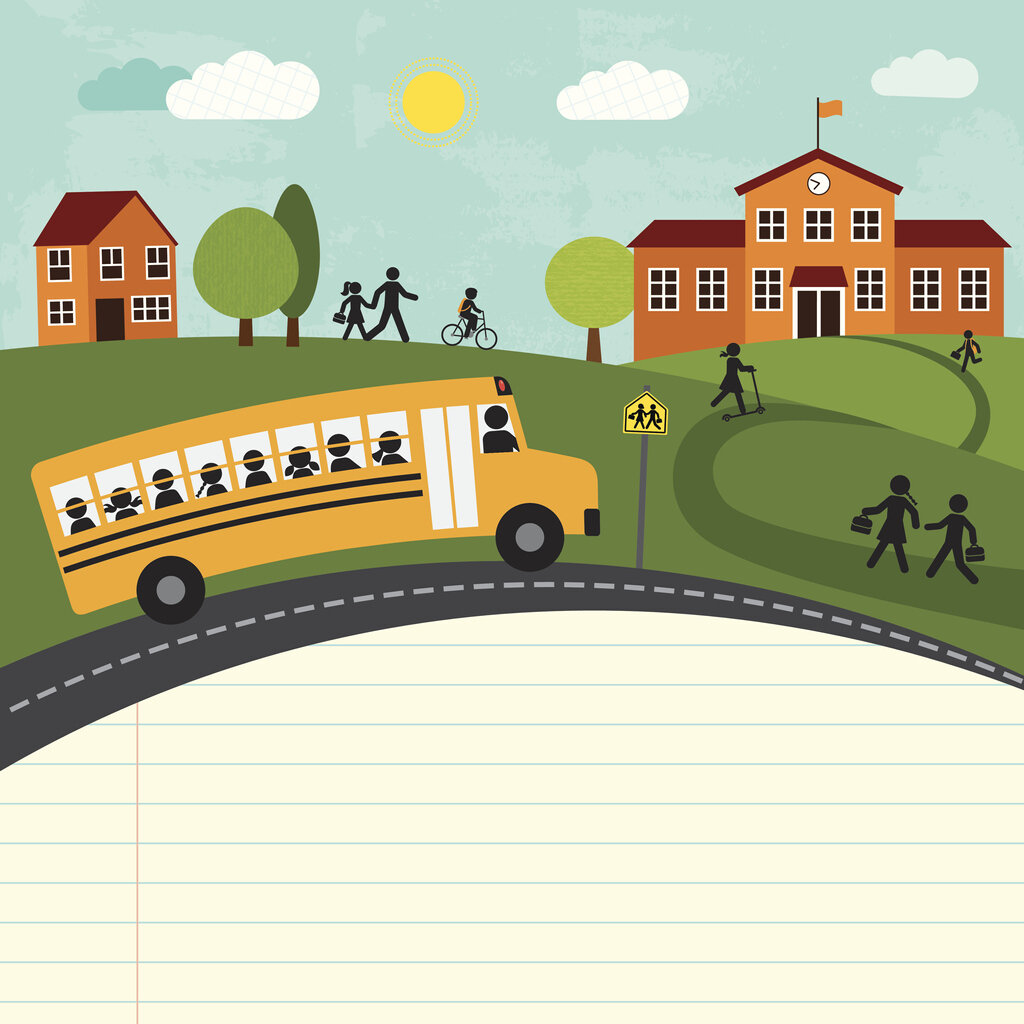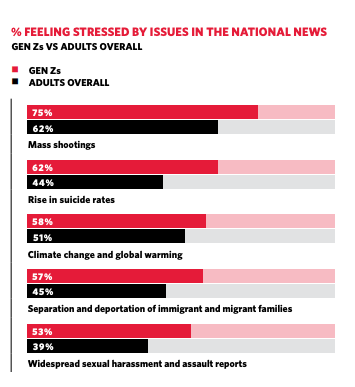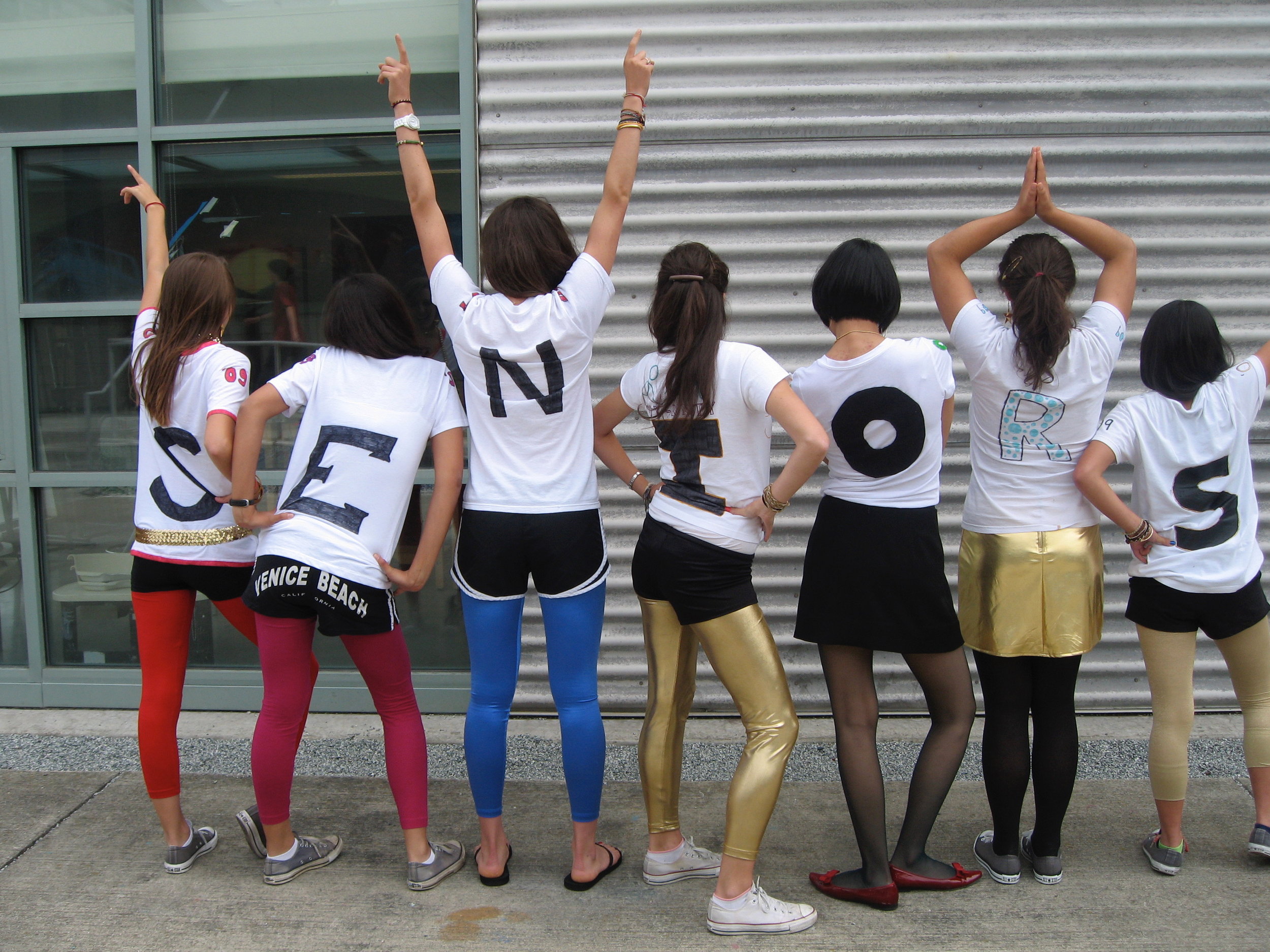[Note: This post draws from a scholarly paper I wrote with a colleague summarizing what does and doesn’t work in bullying prevention. Full disclosure: I work with the Yale Center for Emotional Intelligence, which implements and researches the social and emotional learning approach called RULER.]
If you’re the parent of a school-age child, or an educator, it’s hard to miss that October is Bullying Prevention Month. And while a campaign to raise awareness can sometimes feel contrived, it does present an opportunity to learn more. So if you’re not sure what your school’s approach is to bullying (or other mean or aggressive behaviors, for that matter), this month’s campaign is an invitation to find out.
Here are a few ideas that will be helpful to be aware of before you have that conversation.
First, it’s worth knowing that every school is required by state law to have some kind of bullying prevention policy. There are websites listing your state’s regulations on bullying, cyberbullying, sexting, and even revenge porn. Many states also identify the purview of the school’s responsibility—for example whether a school is responsible for a cyberbullying incident that happens off-campus. (In many cases, they are, if the incident spills over to create an unsafe or hostile learning environment.) The laws do not intend, though, that bullying should be dealt with through the legal system, which would be inappropriate for children; rather, the laws are there to hold schools accountable for what happens in their environment.
When you ask your child’s teacher, division head, or head of school what their approach is to preventing bullying, there should be three parts to their answer: how they address true prevention, intervention, and evaluation.
First, schools should be able to define bullying (aggression that is repeated and involves a power imbalance) and describe their plan for preventing it from popping up in the first place. True prevention would cultivate the behaviors, skills, attitudes, and beliefs that would make bullying less likely to happen—which, of course, is effortful and complicated to do.
Traditional approaches have focused simply on raising awareness, making new rules about bullying, monitoring “hot spots” better (like hallways and bathrooms), and administering stiffer consequences. But that approach does not consistently work. National data shows that bullying rates have flatlined in the last decade; worse, there’s been a slight uptick in all forms of bullying in the last three years. Students consistently report that teachers don’t see most of the bullying that happens (bullies are skilled at hiding below the radar) and that many educators don't actually help students in need when asked.
The specific kind of prevention matters.
Many programs are trendy but lack any rigorous evaluation of their efficacy:
· Programs that rely solely on punishment and zero tolerance aren’t healthy or successful, and they disproportionately target students of color.
· Programs that place sole responsibility on the students for working out the conflict (like peer mediation) can be contraindicated and may actually increase bullying and aggression.
· A peer conflict-resolution approach can be useful under certain conditions, as when the students are of equal social power, positive skills are taught proactively, and the adult facilitators are skilled in conflict resolution. But a bully by definition always has more power, and placing the target and the tormentor in the same room can be clinically unethical. (Adult victims of abuse are never asked to “work it out” with their abuser.) Additionally, children have extra legal protections because of their developmental status.
· Programs that rely solely on bystanders to intervene also have mixed results. Bystander intervention has been successful in some homogenous societies like Finland, and it can be effective when students are empowered to make positive changes in the norms of the school culture. But as for intervening in an active bullying situation, it’s not always safe, not all students can do it, and it deflects responsibility from the adults who have convened the school environment.
What does work to prevent bullying?
Data consistently show that creating a positive school climate and teaching specific skills of emotional and social intelligence are the two best bets for reducing all kinds of hostilities, including bullying, mean behaviors, micro-aggressions, conflicts, and aggression. This makes sense. After all, just because you’ve punished the behaviors you don’t want doesn’t mean that you’ll create the behavior you do want. To create appropriate behavior, you have to proactively guide children, scaffolding the desired skills in age-appropriate steps. In other words, if you want to turn a ship around, you first have to know where you’re going, and then you have to give everyone the sailing skills to get there.
The research on social and emotional learning (SEL) shows that when an evidence-based approach is implemented correctly, it improves classroom relationships and prosocial behavior among the students and teachers—and it simultaneously reduces conflicts, aggression, bullying, and even hostile attribution bias (the tendency to believe that others have mean intentions). For example, a study of 36 first-grade teachers showed that developing SEL skills was more effective at reducing aggression and improving self-regulation than traditional classroom management techniques.
Children from preschool to high school have typical emotional and social challenges that play out in, and even dominate, the school day. They need constructive skills to learn how to:
· change friendships (which spikes in mid-elementary school and again in adolescence), without prompting accusations of exclusions
· resolve peer conflicts without ganging up or resorting to power-assertion
· manage their own difficult feelings constructively
· foster feelings of inclusion
· manage feeling vulnerable and support others in a vulnerable exposure
· express their sense of agency and assertiveness appropriately
· allow others to shine without feeling diminished
· maintain close friendships inside and outside of school and balance closer friendships within a wider circle of peer acquaintances
· express their needs constructively
· care for all students
· spot—and counter—the hegemony of the outside world inside the school environment
· foster empathy for others without giving themselves away
· manage the volatility of feelings of sexual attraction
· know the difference between having fun and harmful teasing
Some people will judge this kind of educational focus as inappropriate for schools. But research shows that emotional and social skills are predictors of success. Schools report increases in academic engagement and decreases in aggression; organizations that track employment success recommend social and emotional skills more and more; and the teaching of social and emotional skills has been demonstrated to be cost-effective.
The second part of an educator’s response to your query should describe the action (intervention) that a school plans to take once bullying happens. Educators need to respond swiftly and skillfully, without avoiding or minimizing. This requires a lot of discernment.
Sometimes parents may not have all the information about a situation. Sometimes it takes time and gentle investigating to elicit the full story from the children involved. Sometimes it’s not actually bullying (i.e., repeated aggression involving an imbalance of power) but simply hurt feelings, a distinction that leads to different kinds of interventions. But if true bullying is happening, everyone needs to step up quickly to end the day-after-day abuse and suffering of the bullied child. And while there isn’t one prescriptive silver bullet, educators should have a plan that draws on the culture and skills they have been cultivating in the school environment for healthy and swift problem-solving.
And finally, the third part of an educator’s response to your query should address exactly how they’ll know if their approach is working. How will they assess whether bullying and other unwanted behaviors are decreasing? A red flag should go up if educators rely on parent surveys. The data should come from the children themselves, for example in regular school climate surveys.
Parents have an important role to play:.
· Harsh parenting is associated with bullying and victimization. Authoritative parenting—a style that combines warmth and support with limits and structure—has been repeatedly shown to lead to better school engagement, stronger prosocial skills, and emotional wellbeing in children.
· Sibling and family dynamics that are respectful, where children’s agency, assertiveness, and negotiating skills are cultivated and where consent is a value, lead to better outcomes for children.
· Parents can support their children’s friendships by making home a welcoming place for their children’s friends. Parents should encourage their children to have multiple friendship groups, not only in school but in their extended family, neighborhood, and/or larger community.
· It’s also useful for parents to network with each other. Establishing open lines of communication can help everyone stay on the same page and may head off trouble in the early stages.
Bullying is a complicated issue, but it’s also not a mystery. At this point, we have plenty of research showing us what works and what doesn’t—not only to reduce and prevent bullying but to create positive home, school, and community environments that give our children the social and emotional skills they need to succeed. Once you find out which approach your child’s school is using, you may want to take an active role in guiding and supporting the implementation of the best evidence-based approaches.












